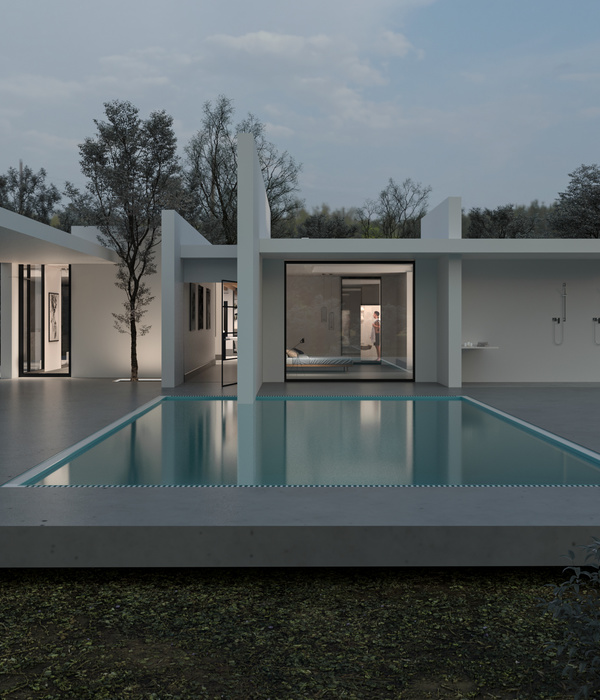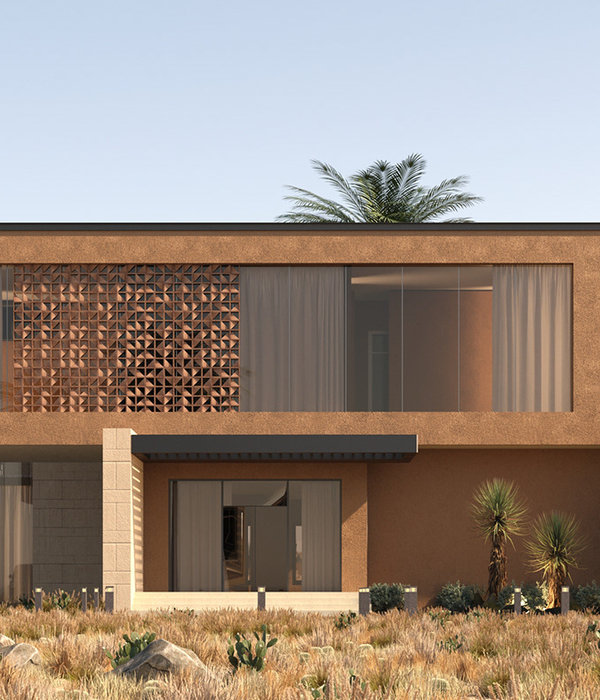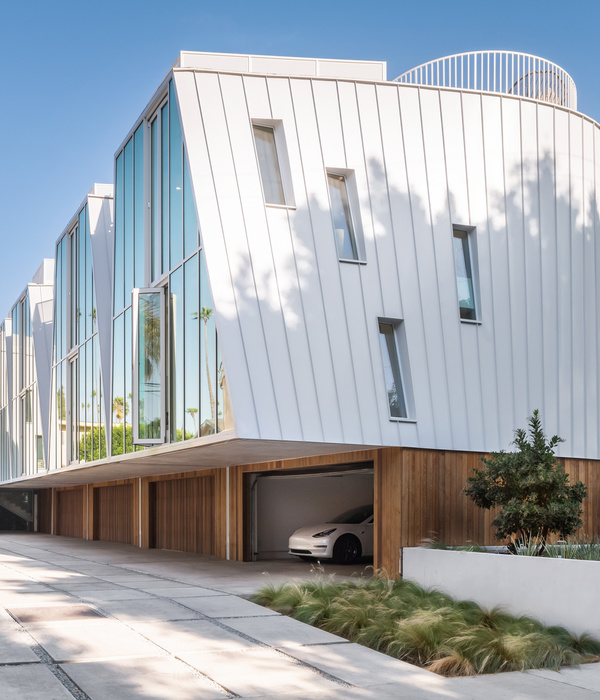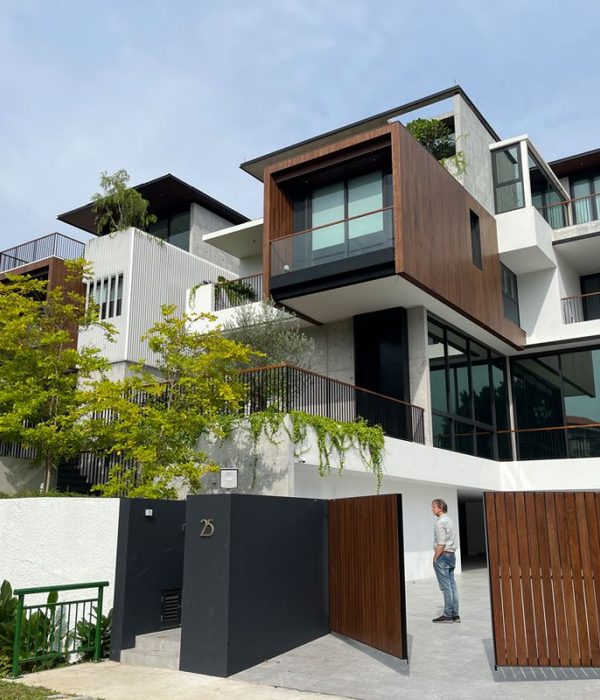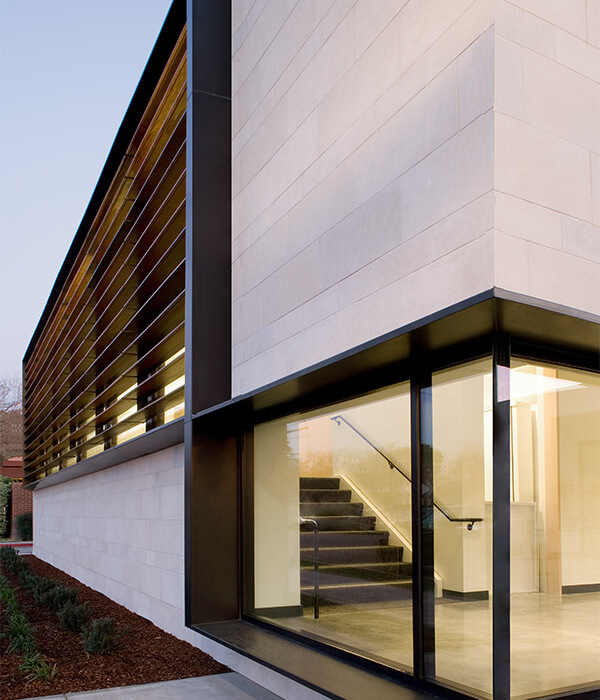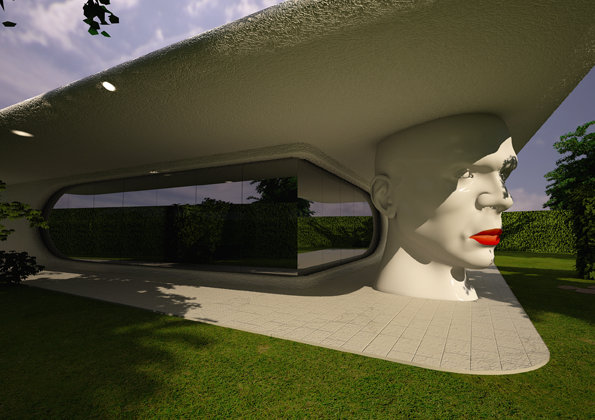Architects:Coll-Leclerc Arquitectos,MIAS Architects
Area:7670m²
Year:2023
Photographs:Adrià Goula,Stupendastic
Lead Architects:Josep Miàs
Structure:Josep Ramon Solé
Architects Team:Carla Blanch, Marc Subirana, Mar Genovés, Manuel Giró, Mauro Soro, Maria Chiara Ziliani, Marta Casas, Anna Massana
Clients:IMHAB Municipal Institute of Housing and Renovation of Barcelona
City:Barcelona
Country:Spain
Text description provided by the architects. La Marina del Prat Vermell is an old area of textile colonies that were established in Barcelona south of Montjuic in the mid-nineteenth century, very close to the sea. They dyed and dried the fabrics on the meadows, which gave the neighborhood its name: "Marina del Prat Vermell", that is, the Red Meadow Marina.
The triangle formed by the streets Ulldecona - Cal Cisó - Pontils is a singular plot. This conditioned our response: to maintain the integrity of the triangle in its global organization, without penalizing the clarity and typological rationality of the orthogonal interior distribution of the dwellings. The three vertices of the plot are maintained as three closed corners, without chamfers or simplifications.
To fit many social housing units, all with two rooms and optimal conditions of ventilation, solar exposure, typology, and views, we have fragmented the triangle with two patios and two passages oriented exactly from north to south, creating five volumes. The two corners, east and west, host unique dwellings. Instead of opting for a layout with an interior triangular block courtyard, which would be too small and would generate an excess of dwellings to the north, we have developed a proposal with blocks of four corner dwellings, guaranteeing the two hours of solar exposure required by the regulations between 10 am and 2 pm.
There is a certain ambiguity in the perception of the complex depending on the point of view: from the east and west corners, it is perceived as a single unit block with cracks, while from the south façade, five volumes are observed that allow the sun to pass through the passages at midday, avoiding a continuous 92-meter façade and offering a smooth but delicate volume. The materialization or dematerialization of the block varies according to the position of the observer.
In summary, the building is both compact and porous. It is compact due to the triangle's geometry determining its volumetrics. Simultaneously, it attains porosity through a rationalized volume, divided into equivalent blocks, each floor accommodating twelve residences, all featuring a corner layout. Consequently, every unit enjoys dual-orientation, ventilation, and 100% solar exposure.
The selection of materials seeks to minimize the building's carbon footprint by using lighter components and avoiding excavation in contaminated industrial soils. The facades are designed with alternating vertical strips of glass and ribbed GRC (fiber-reinforced concrete), red-colored, and 17 mm thick, which evoke the folds of fabrics drying on the meadow. Transported and positioned with their 120 mm metal frames, they are insulated on their inner face to provide low thermal transmittance: 0.24 W/m2 K. The corners are open, with wide terraces that follow the geometry of the envelope, and are protected by Gradhermetic louvers. The reinforced concrete structure uses a Bubble-Deck system, reduces the weight of the floor slabs by 35%, and allows the creation of cantilevers necessary to adapt to the unique geometry of the site. The Bubble-Deck is composed of cylindrical bodies of recycled PVC, which reduces weight and reduces carbon footprint.
The shape factor of the project, with its openings designed to maximize solar gain in winter and provide solar shading and cross ventilation in summer on all floors, gives a low total energy consumption of 8.76 kWh/m2 per year, with an A Rating and meeting Passivhaus standards with very low heating and cooling demands.
Ecoenergies' subway biomass network frees up the roof to install a shared solar photovoltaic production plant, consisting of 89 modules producing 37.8kWp and covering 51% of consumption. Vegetation is implemented on the rest of the roofs and flowerbeds are introduced along the access passages with a planting of red flowering species to promote biodiversity and mitigate the heat island effect. In addition, bike racks are installed in these passages to promote alternative mobility.
Project gallery
Project location
Address:Carrer d'Ulldecona, 58, Sants-Montjuïc, 08038 Barcelona, Spain
{{item.text_origin}}

